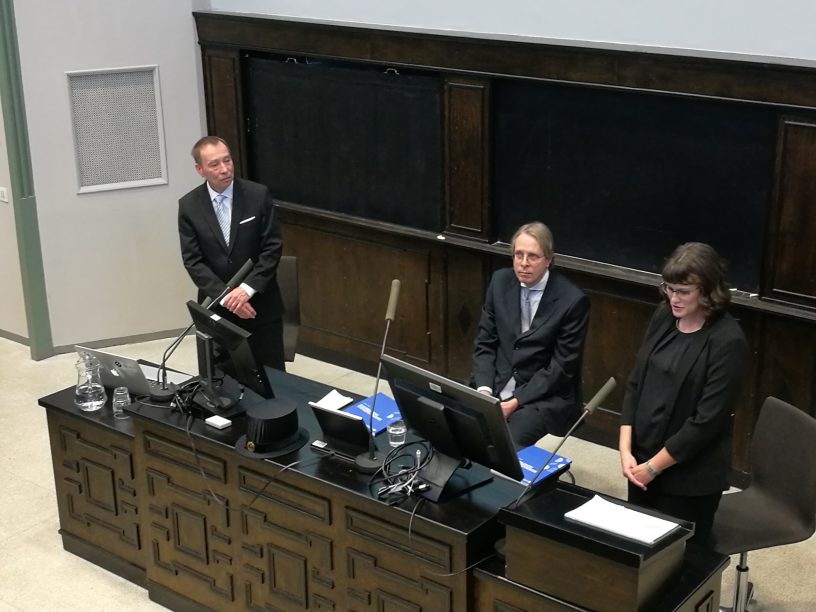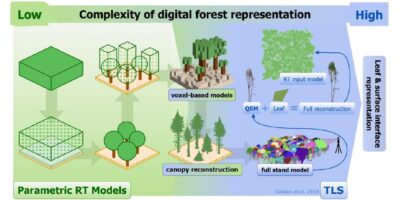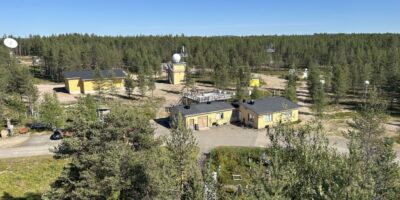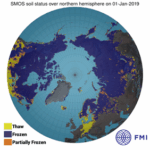Leena Leppänen defended her doctoral thesis dealing with the characterization of snow microstructure in order to improve snow water equivalent retrieval from microwave remote sensing observations. Leena Leppänen found that definitions, measurements methods and physical snow models for snow microstructure need improving. Improved microwave emission models would benefit snow water equivalent retrievals from remote sensing observations.
Leena Leppänen investigated in her thesis both measurements and modelling of snow characteristics for interpreting remote sensing observations. Space-borne passive microwave observations are utlized for snow water equivalent retrievals. Microwave emission models are applied for interpreting the observations. Interpretation methods for remote sensing observations can be developed and improved by using tower-based instruments which are similar to space-borne instruments. The results showed that any of the applied microwave emission models were not superior for simulating microwave emission with different polarizations, frequencies and experiment setups tested in the study. Largest error originates from the representation of snow microstructure, and the results indicate that the representation of snow microstructure is not adequate in the models.
Snow microstructure describes the size, shape, orientation and bonding of snow grains. The microstructure is under constant metamorphism due to temperature and density changes. Traditionally microstructure is measured by estimating the largest extent of an average grain against a mm reference grid. Novel methods are developed based on the relationship between near-infrared reflectance and snow microstructure related parameters as specific surface area. In addition, physical snow models are applied for simulating the evolution of snow characteristics. Meteorological observations such as the air temperature, relative humidity, wind speed and radiation measurements are used as input data for the physical snow models. Model simulations were compared to the observations of snow microstructure in the research. A physical snow model, which describes snow microstructure using shape parameters in addition to grain size, simulated the gain size more accurately than models, which used only snow grain size. The thesis studied also the coupling physical snow models with microwave emission models for interpreting the remote sensing observations.
All measurements were made at the Arctic Space Centre of the Finnish Meteorological Institute in Sodankylä. Passive microwave observations are useful for monitoring of snow water equivalent. Snow water equivalent is important for hydrological purposes, as flood forecasting, and for long-term climate monitoring.
Leena Leppänen defended her doctoral thesis “Measurements and modelling of seasonal snow characteristics for interpreting passive microwave observations” in University of Helsinki on 19th of December 2019. The opponent was Dr. Charles Fierz from WSL Institute for Snow and Avalanche Research SLF and Custos was Prof. Petteri Uotila from University of Helsinki.
More information:
Research Scientist, Leena Leppänen leena.leppanen@fmi.fi
Thesis full text available at: https://helda.helsinki.fi/handle/10138/308381








Leave a Reply
You must be logged in to post a comment.